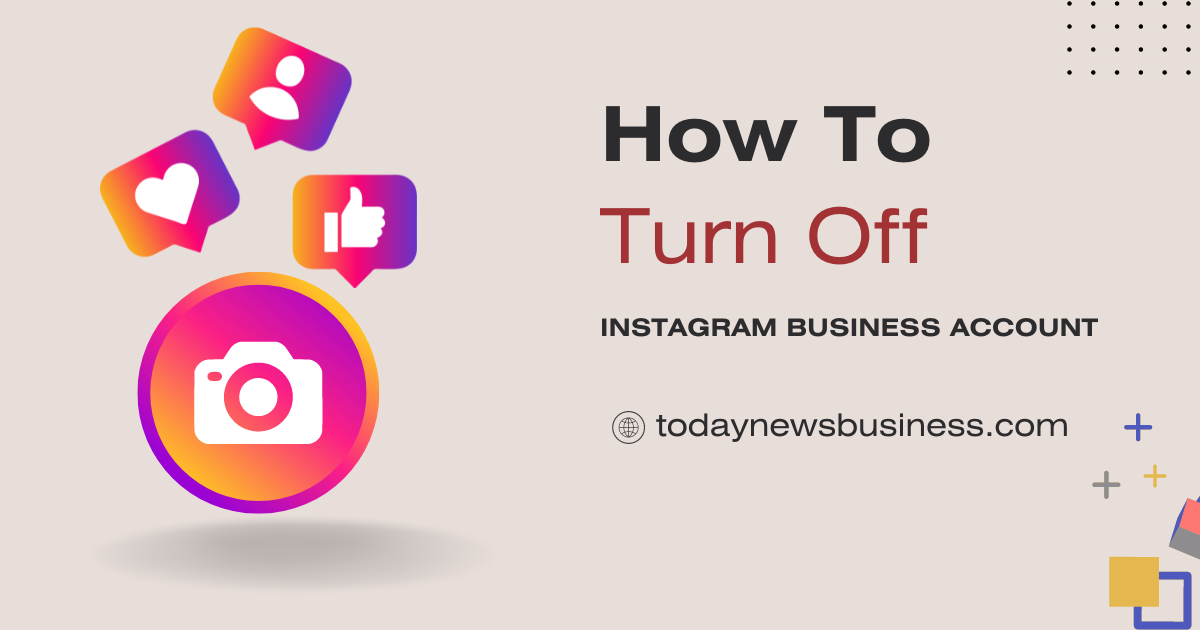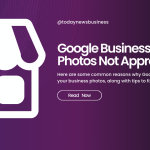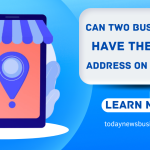Whether you’re an individual or a small business owner, Instagram has become an important platform for connecting with current and potential customers. However, the default business account may provide more analytics and tools than you need.
In this blog post, we will cover how to turn off Instagram business account. We will also cover key differences between business and personal accounts.
Also, read our latest blog post on How Ad Blockers violate YouTube’s Terms of Service.
What Is an Instagram Business Account?
Instagram business accounts offer handy tools for businesses like analytics on followers and posts. You can add your contact info and use ads or shopping too. But these extra features do come with some limits on how you manage the account. It’s good to weigh if the benefits are worth the restrictions for your needs.
Step-by-Step Guide On How To Turn Off Instagram Business Account
Whether you use an iPhone, Android, or desktop, turning off your Instagram business account is a breeze. Just follow these simple steps tailored for each platform.
1. On iPhone
Switching your Instagram account from business to personal on iPhone is simple:
- Log into your Instagram profile on your iPhone.
- Tap the three lines in the top right corner and go to “Settings.”
- Choose “Switch to Personal Account” after swiping down to “Account”.
- Confirm your selection to turn off business features.
This straightforward process takes less than a minute. Just follow these three quick steps to change your iPhone Instagram account settings from business to personal.
2. On Android
Switching to a personal account from your business profile on Android is just as easy:
- Open the Instagram application on your Android phone.
- In the upper right corner, tap the three lines, then choose “Settings.”
- Choose “Account” and then “Switch to Personal Account”.
- Click “Switch Account Type” and pick “Switch to Personal Account”.
- Your Android Instagram will now be set to a personal, non-business profile.
Simply follow these quick steps to remove business settings on your Android Instagram account.
3. On Desktop
Changing your Instagram business account settings on your desktop is quick and straightforward:
- Go to Instagram and log into your profile on a computer
- In the upper right corner, choose “Settings” by clicking on your profile picture.
- From the left-hand menu, choose “Account”.
- Choose “Switch to Personal Account” under the business tools header
- Click “Confirm” to complete the process
Within minutes you can successfully turn off business tools by taking these simple steps from any desktop or laptop computer. Your Instagram will now function as a personal non-business profile.
Key Differences Between Business and Personal Accounts
Analytics and Insights
Instagram Insights provides key metrics for businesses to effectively measure their performance. Data such as impressions, reach, engagement, saves, likes, comments, and more are viewable by demographics, posts, and over time.
Charts and comparisons make it easy to analyze what content and approaches appeal most to customers. These actionable insights help businesses optimize their strategies and fine-tune their Instagram marketing. Personal accounts cannot access the same robust analytics for tracking growth and making data-driven decisions.
Advertising and Promotion Features
Business accounts allow advertisers and marketers to boost their posts’ reach through Instagram’s promotion tools. Users can run ads to a targeted demographic, set daily budgets, and track ad performance in real time.
These advanced promotional features help businesses effectively grow their following and sales on the platform. Personal profiles lack direct access to the paid advertising options available only to business account holders.
Contact Options
Business profiles display a website URL and allow customers to add a phone number or email to get in touch directly. These contact points provide an easy way for users to learn more about products and services or request quotes.
Personal accounts do not have the choice to include official contact information visible to all followers. Entrepreneurs benefit from using their Instagram profile as a digital storefront.
Things To Consider Before Switching
Businesses should carefully review how the change may impact their marketing efforts.
Losing Past Analytics Data
If a business account is turned into a personal profile, all previous analytics and insights captured will no longer be accessible. Valuable performance reports and comparisons over time cannot be referred back to for future planning.
While the current follower count and engagement remain, the analytics history is erased. Entrepreneurs need to export important past metrics before switching account types to retain strategic Instagram marketing data.
Changing Your Profile URL
Switching from a business to a personal account also means changing your Instagram profile URL structure. Instead of the custom business username, it will default to your first and last name, separated by an underscore.
This means the original vanity URL is lost forever when turning off business settings. Be sure any links or mentions of your profile correctly change over.
Reduced Business Features
Personal accounts do not have access to the full suite of business tools that were previously available. Promotional capabilities like ads, analytics, and contact options have been removed.
Consider if losing these marketing features is acceptable for your goals before making permanent changes. Some entrepreneurs may prefer to start a new personal profile instead of switching to an established business presence.
Final Words:
Making the switch from an Instagram business account to a personal profile is simple, but it’s important to consider how it could impact your marketing. Be sure to export any valuable past analytics before changing over. And weigh if losing business tools is worth it for your goals on the platform. With some planning, either option can work well for connecting with customers.




